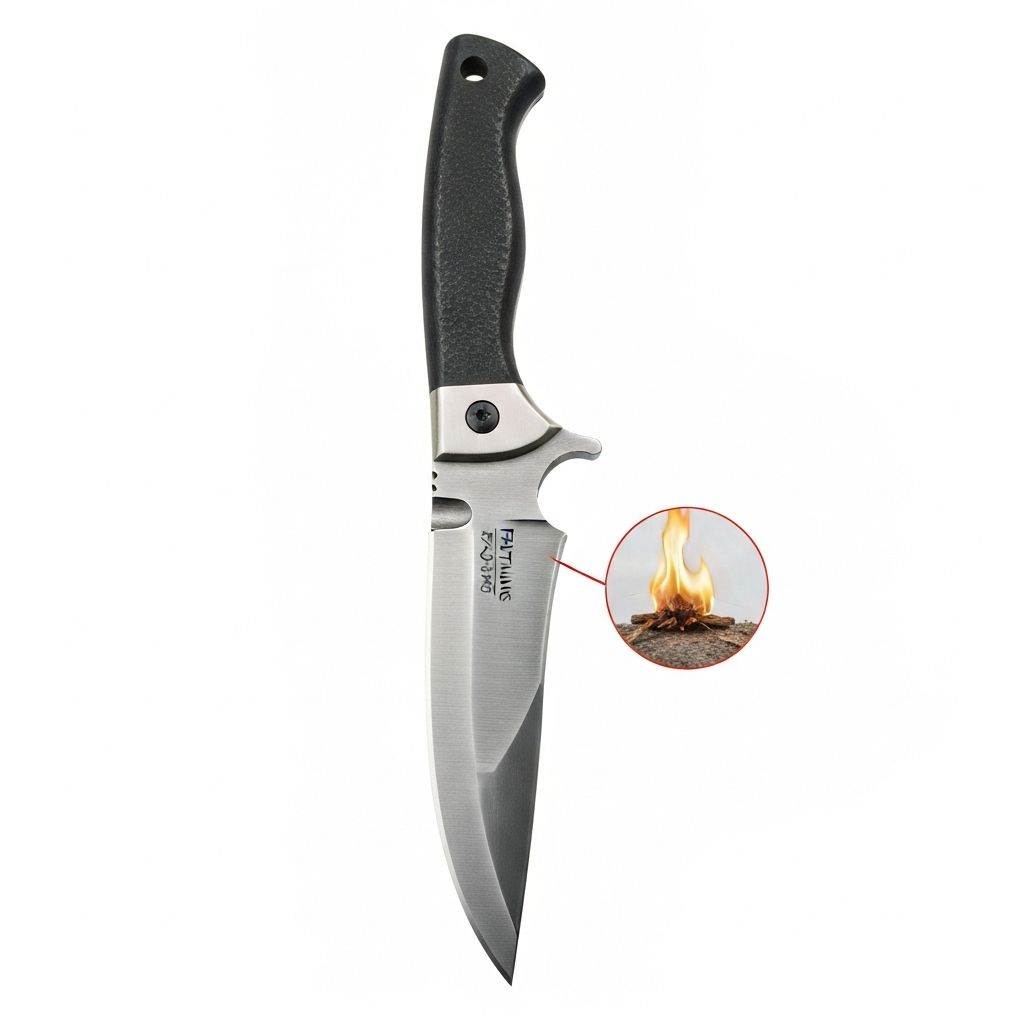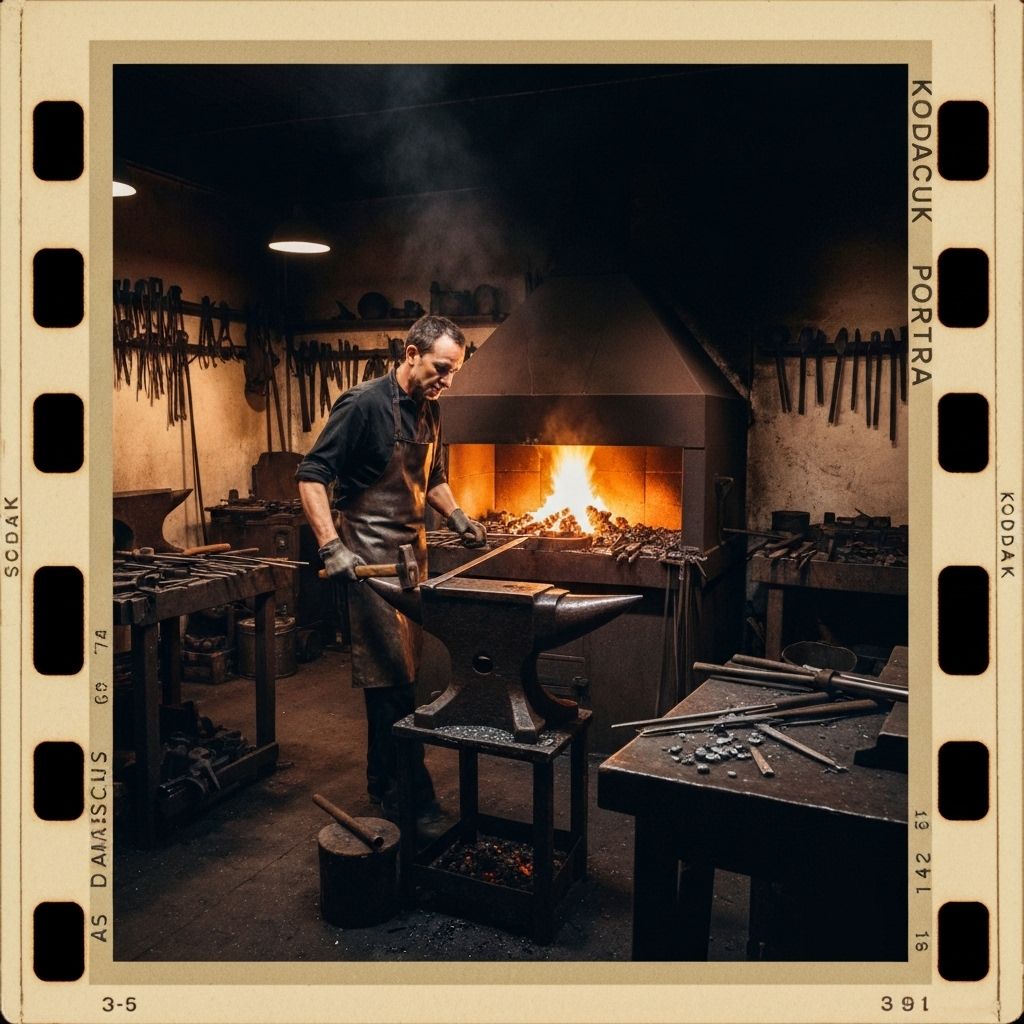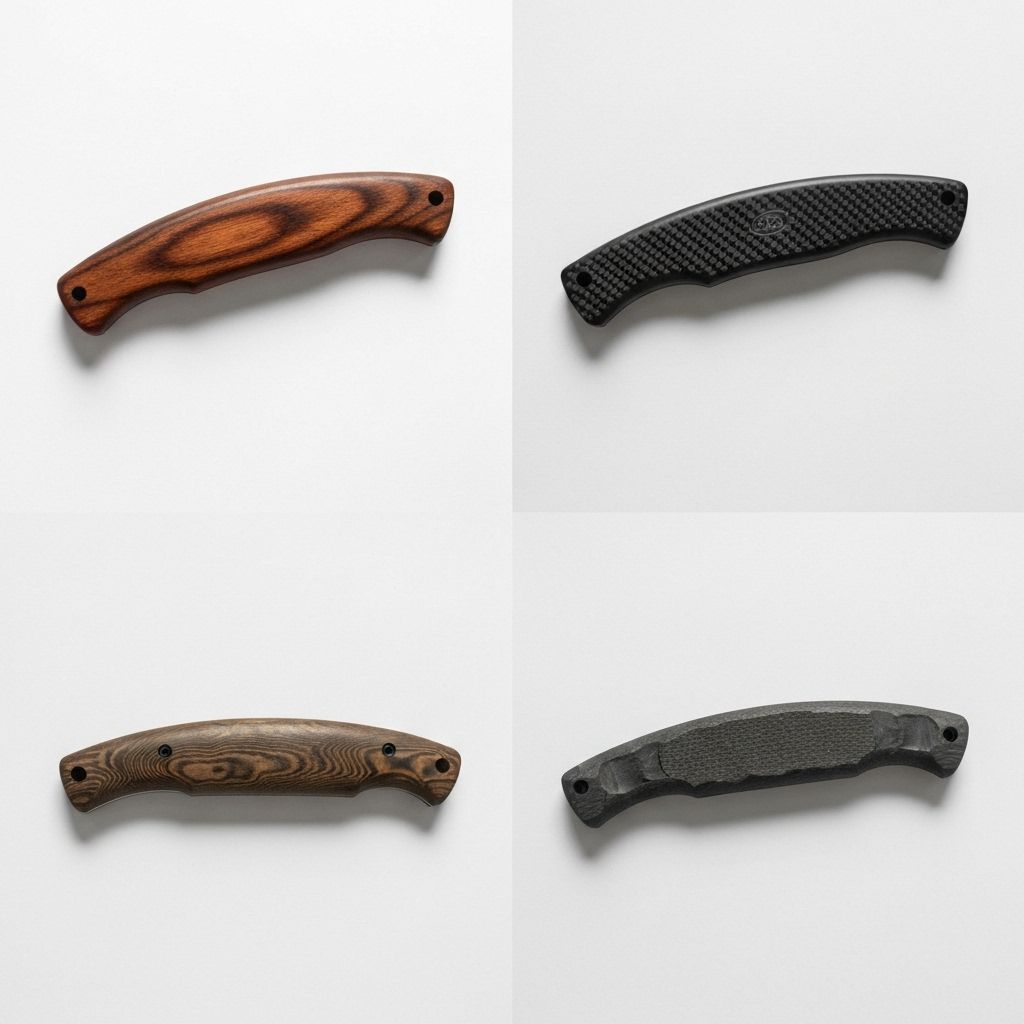Survival and Bushcraft Knives: Essential Features for the Wilderness
Discover the critical features that make a knife reliable for survival situations, from full tang construction to fire-starting capabilities.
- Answer the main question in one sentence.
- Give the best pick and why in one line.
- Link to the product or guide for next step.

Survival knives must perform reliably when failure isn't an option. Unlike kitchen or everyday carry knives, bushcraft blades face extreme demands: batoning firewood, processing game, building shelters, and starting fires. Specific design features separate capable survival tools from inadequate substitutes.
Full tang construction provides the structural integrity essential for survival tasks. The blade extends completely through the handle as a single piece of steel, eliminating weak points that could fail during batoning or prying. This design allows the knife to withstand impacts that would destroy partial tang or rat-tail construction.
The spine design serves multiple critical functions. A 90-degree spine with sharp corners strikes ferro rods effectively, creating the sparks necessary for fire starting. This feature proves invaluable when matches are wet or unavailable. The squared spine also enables scraping tasks and provides a solid surface for batoning—driving the knife through wood using a baton.
Blade thickness determines durability for heavy tasks. Survival knives typically feature 3-5mm thick blades that resist bending or breaking during batoning. This thickness provides the strength needed to split wood for fire or shelter construction. Thinner blades excel at detailed work but fail under the stress of survival applications.
Steel selection balances edge retention with field maintainability. High-carbon steels like 1095 or O1 hold edges well and sharpen easily with basic tools—critical when professional sharpening isn't available. Some corrosion resistance is sacrificed, but proper care and a protective coating mitigate rust concerns.
Handle materials must provide secure grip in all conditions. Micarta or G10 composite handles maintain traction when wet, cold, or bloody. These materials won't crack in freezing temperatures or become slippery when covered in fish slime or animal fat. Avoid hollow handles that compromise structural integrity for minimal storage space.
// RELATED_ARTICLES

The Art of Damascus Steel: Ancient Techniques Meet Modern Precision
Explore the centuries-old process of creating Damascus steel and how we've refined it for contemporary culinary applications.

Handle Materials: Engineering Ergonomics and Durability
Explore the material science behind knife handles and how different materials affect performance and longevity.